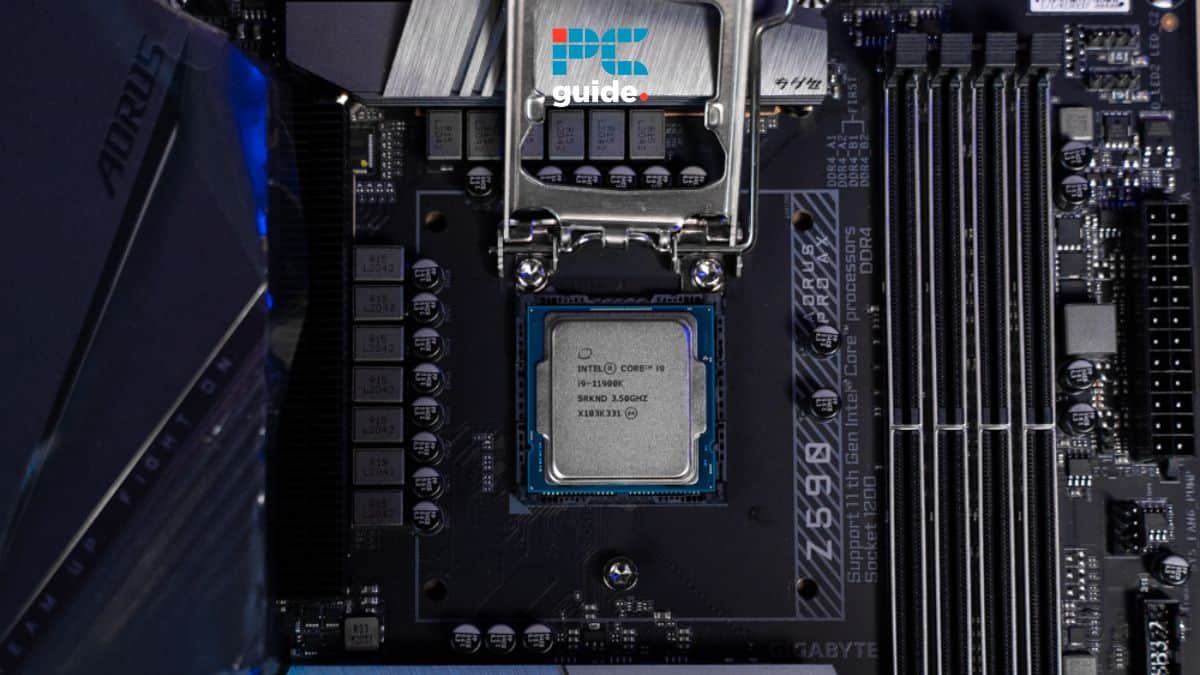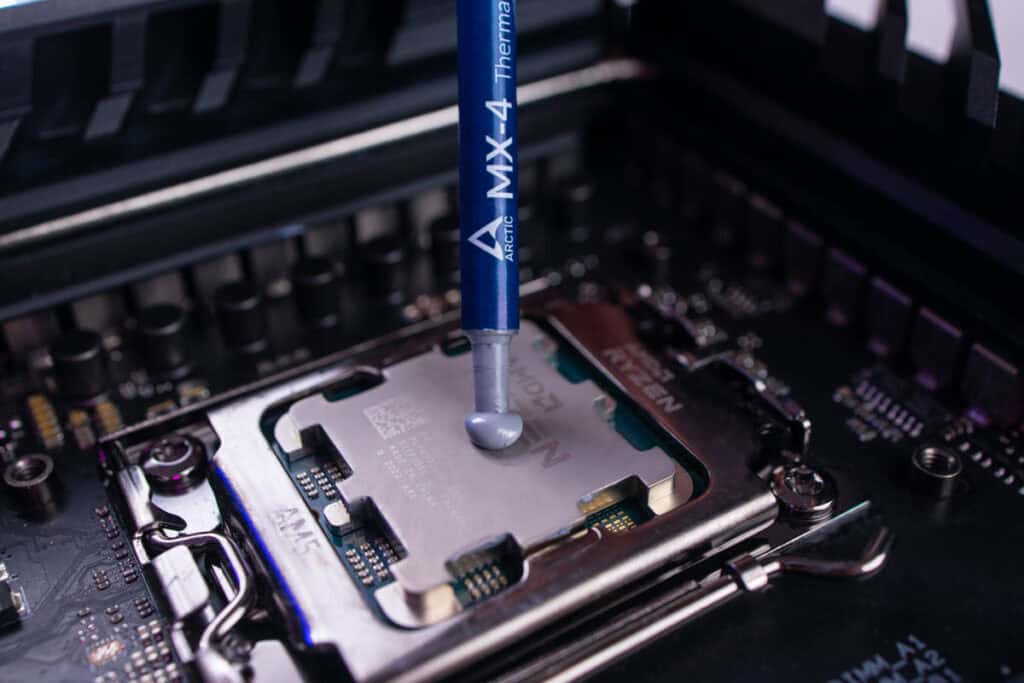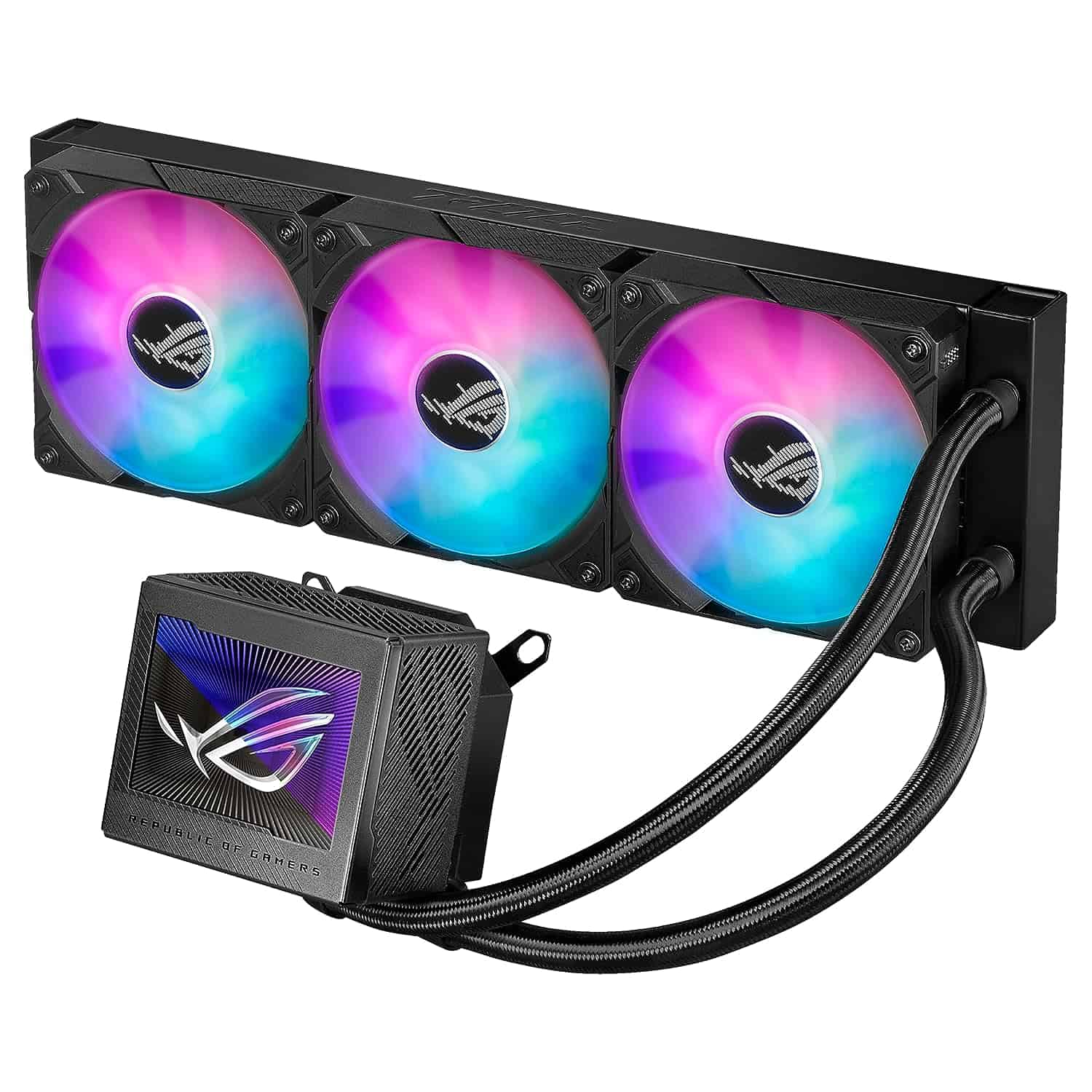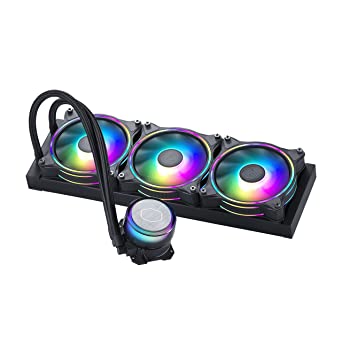Here’s how to lower CPU temperature using 8 methods

Table of Contents
If you want to learn how to lower your CPU temperature, then we have a handful of methods that can help keep things cool.
Making sure your CPU stays cool is essential for keeping your computer running smoothly. When your CPU gets too hot, it can slow down your system and even cause long-term damage. But what should you do if the temperatures are always too high? Should you get a new CPU? Or are there ways to bring the temperature down?
Prime Day may have closed its doors, but that hasn't stopped great deals from landing on the web's biggest online retailer. Here are all the best last chance savings from this year's Prime event.
- Sapphire Pulse AMD Radeon™ RX 9070 XT Was $779 Now $719
- AMD Ryzen 7 7800X3D Processor Was $449 Now $341
- Skytech King 95 Ryzen 7 9800X3D gaming PC Was $2,899 Now $2,599
- LG 77-Inch Class OLED C5 TV Was $3,696 Now $2,996
- AOC Laptop Computer 16GB RAM 512GB SSD Was $360.99 Now $306.84
- Lexar 2TB NM1090 w/HeatSink SSD Was $281.97 Now $214.98
- Apple Watch Series 10 GPS+ Smartwatch Was $499.99 Now $379.99
- AMD Ryzen 9 5950X processor Was $3199.99 Now $279.99
- Garmin vívoactive 5 Smartwatch Was $299.99 Now $190
*Prices and savings subject to change. Click through to get the current prices.
In this guide, we’ll explore different methods for keeping the CPU cool so it can continue operating smoothly.
Quick Answer
Cleaning your PC, replacing the thermal paste, improving the airflow, and upgrading your cooler can help lower the CPU temperature.
How to reduce CPU temperature
If your CPU temps are higher than normal, you can use these methods to bring them down.
Step
Get rid of dust
Dust is your PC’s biggest enemy, and if you don’t make a habit of cleaning it regularly, you’re bound to run into issues such as high CPU temperatures. Dust buildup can have a negative effect on all components, especially the CPU and case fans, preventing them from spinning at their full potential, which leads to poor airflow and increased temperatures.
To get rid of the dust, unplug the power cable, open your PC case, and use an air duster or compressed air and a soft brush to clean all components, including fans and vents.

Step
Improve the airflow
While cleaning the PC can improve airflow, you need to follow some other steps to further enhance it. The first thing you need to do is improve cable management because messy cables can ruin the airflow and cause temperatures to rise. Next, ensure that your PC is placed in a well-ventilated area, where its vents are not blocked by the walls.

Another way to enhance airflow is by adding new case fans. However, ensure you check the size of the vents before purchasing the fans, as you may run into compatibility issues otherwise.
Step
Replace the thermal paste
Over time, thermal paste can dry out, losing its ability to effectively dissipate heat from the CPU. That’s why it’s advisable to replace the thermal paste annually. Even if you use a high-quality thermal paste, we still recommend replacing it after a year, especially if your processor is frequently under heavy load.

Step
Adjust your CPU cooler’s fan speed
Another method to improve temperatures is by adjusting your CPU cooler’s fan speed. This can be accomplished directly from the BIOS or with a third-party application like Fan Control. However, it’s crucial to note that you can only adjust the speed of fans with a 4-pin connector. Additionally, it’s worth mentioning that not all motherboards support third-party applications like Fan Control.
Step
Stop overclocking
If you’ve overclocked your CPU to enhance its performance, you’ll need to disable it to reduce temperatures. Overclocking is a common cause of overheating because it pushes the CPU to operate faster than its standard speed.
Step
Undervolt your CPU
Undervolting your CPU involves reducing its operating voltage to decrease power consumption and heat output without sacrificing performance. In some cases, undervolting also ends up improving the performance and can get rid of issues like thermal throttling. When your CPU draws less power, it also generates less heat, resulting in decreased temperatures.
Step
Upgrade your CPU cooler
If you’re using a standard CPU cooler, then you should consider upgrading to a more efficient model. You have the option to choose between air coolers, which utilize heatsinks and fans, or liquid coolers (AIO or custom loops) for superior thermal performance. Either way, investing in a better cooling system will definitely help with reducing the CPU temperatures. Just make sure to get a cooler from a reputable brand, as a quality cooler should last for several years unless it encounters technical issues or damage.

Step
Use an AC
In certain countries, ambient temperatures can soar, leaving you with no choice but to rely on air conditioning to alleviate the heat. Though not the most cost-effective solution, it remains the only effective way to combat excessively high ambient temperatures.
Is your CPU cooler working properly?
If you’re seeing sudden spikes in the CPU temperature, it may be because your CPU cooler is either old or damaged. Either way, you need to invest in a new one immediately. If you’re unable to find the right one, here are some options that we think would be a solid choice. We also recommend checking out some of the best airflow PC cases and the best PC case fans, as these can also help keep the overall system cool.
Conclusion
High temperatures can negatively impact the overall performance and lifespan of your processor. However, with the help of our guide, you will hopefully be able to reduce the temperature effectively. If none of the solutions work, there might be an underlying issue with your processor. In such a case, it’s best to take it to a repair shop where experts can check it out for you.




